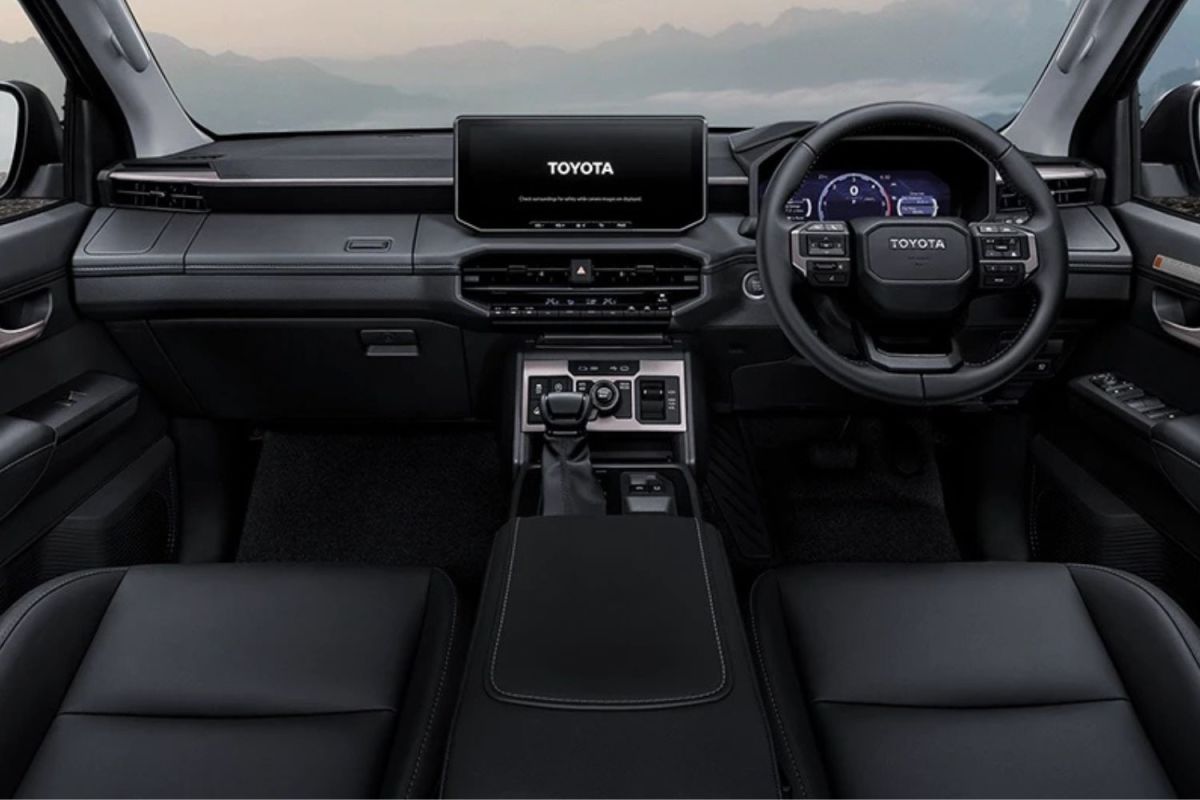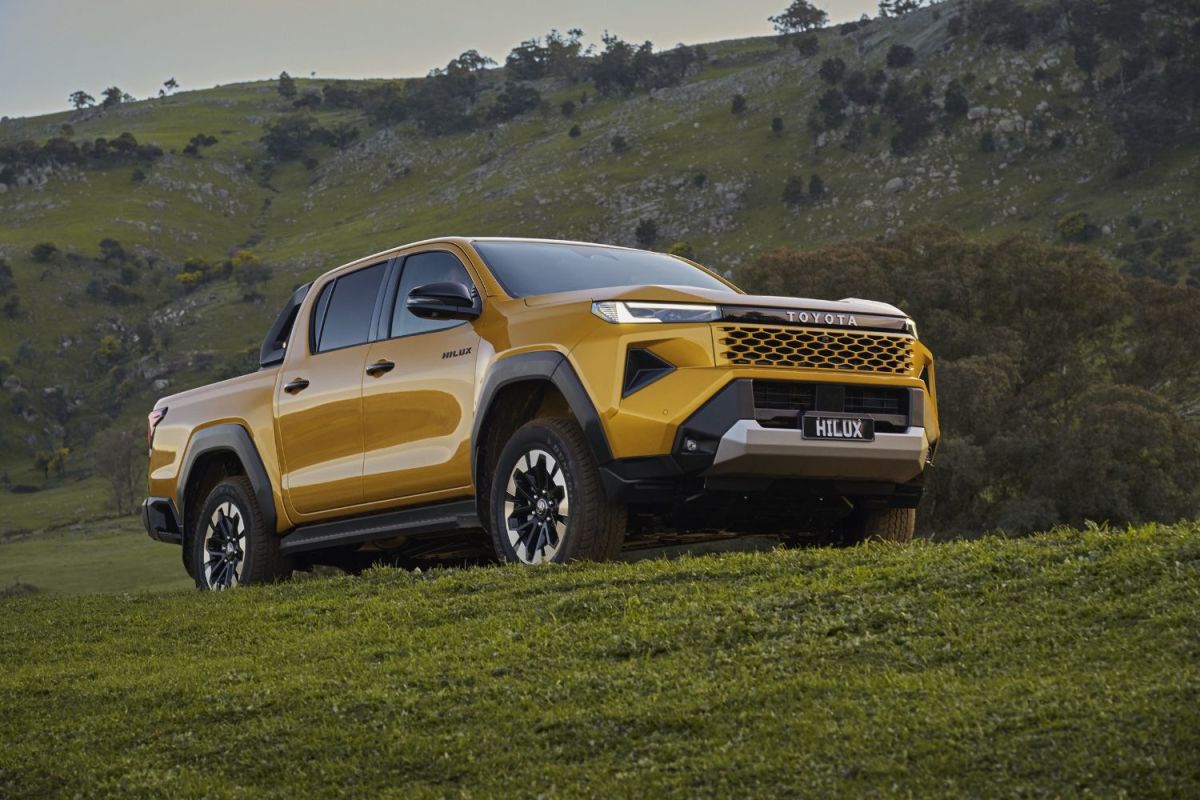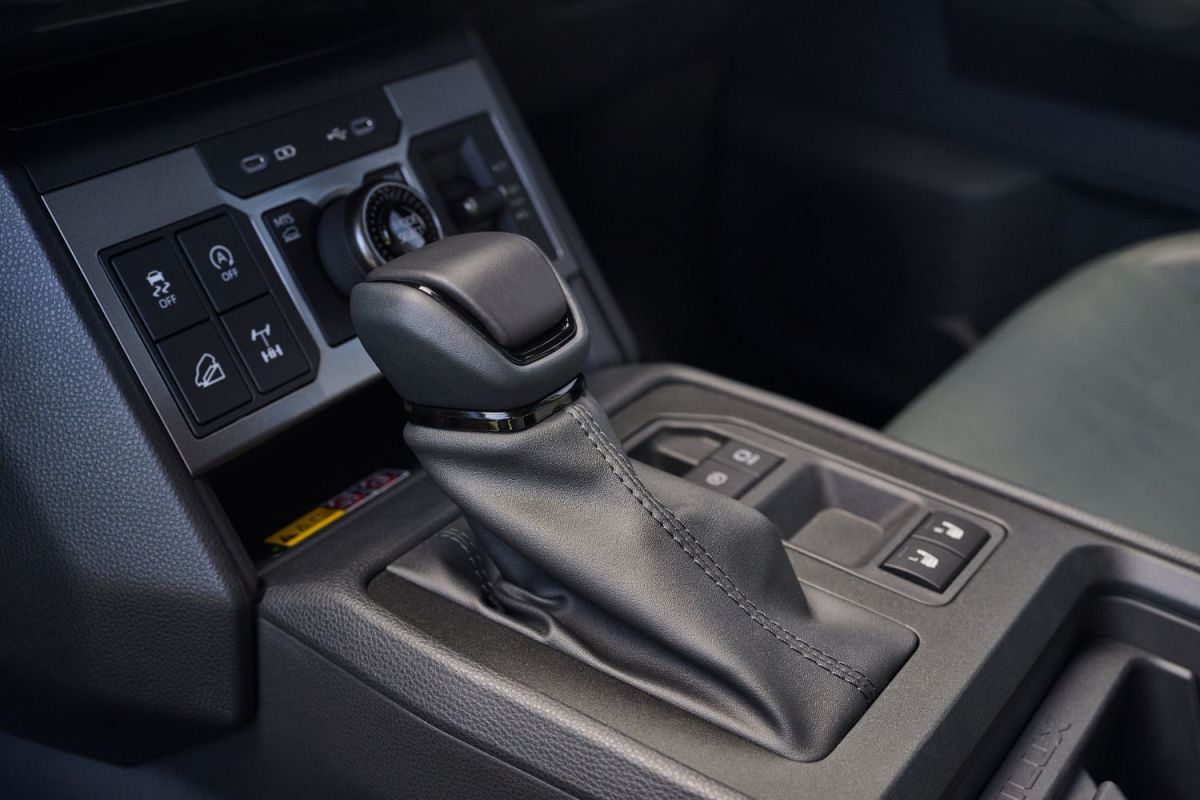Toyota’s Best-Selling Pickup in the World
While the Ford F-Series remains the world’s best-selling pickup because North American customers can’t stop buying them, the Toyota Hilux is still the go-to truck for the rest of the world. Indeed, the Hilux has been synonymous with durability, longevity, and reliability for nearly 60 years, particularly in Asia, Oceania, and Africa.
First introduced in 1968, there have been eight generations of the global pickup, which was also sold in the US and Canada from 1969 to 1995. It was eventually succeeded by the Tacoma, although the first-generation Tacoma still borrowed a good chunk of its underpinnings from the Hilux. The Tacoma and Hilux became truly separate models in 2004. The North American pickup used the same chassis as the fourth-generation 4Runner, 120 Series Land Cruiser Prado, and FJ Cruiser, while the Hilux shifted to what’s called the IMV platform.
Now, there’s the (mostly) new model, and it’s up against the likes of the Ford Ranger and Mitsubishi Triton, along with several Chinese brands that threaten to rock the establishment.
Toyota
Meet the Travo
Since it shifted to the IMV platform in 2004, each generation of Hilux has been defined by its second name. The one sold from 2004 to 2015 was called the Vigo, while the soon-to-be outgoing version is dubbed the Revo. For this one, Toyota has dubbed it the Travo, although it still uses the same IMV chassis from before, albeit with extensive updates.
Those familiar with the Hilux Travo will notice that the midsection still resembles its predecessor. Design-wise, most of the changes were done to the front end and the bed, along with new wheel choices and trim changes. As the saying goes, if it ain’t broke…

Toyota
A Closer Look
One won’t mistake the Hilux Travo for its American cousin. For starters, it’s a fraction smaller, and the design doesn’t take many cues from the latest Tacoma. The front end features a more geometric design, characterized by high-mounted headlights, a blocky grille, and angular fog light housings. Its hood is also noticeably higher than its predecessor.
Over at the back, it gets a new pair of upswept taillights, and the bed is longer and taller than before. There’s also an integrated step to make loading and unloading easier from the side.
While the exterior is largely an evolution of the previous model, it’s the interior that gets a major overhaul. Here, we see that it takes some inspiration from models such as the Tacoma and Land Cruiser 250 Series. There’s the free-floating infotainment touchscreen, the chunky controls on the center stack, and a digital driver’s display. Lower, work-oriented trims of the Hilux get analog dials.

Toyota
Under the Hood
Unsurprisingly, you get a diesel engine in the Hilux. It’s a 2.8-liter unit that’s internally known as the 1GD-FTV. It’s good for 201 horsepower and 369 lb-ft of torque, just like the outgoing model. It can be paired with either a six-speed manual or a six-speed automatic transmission, available in both two-wheel drive and four-wheel drive configurations.
That said, a mild-hybrid version will be offered in select markets, primarily in Europe. Toyota also offers a more powerful tune of the same engine, featuring 221 hp and 405 lb-ft of torque, although this may be introduced later.
But the big deal here is the availability of an all-electric version. Dubbed the Hilux Travo-e, it’s Toyota’s first-ever battery-powered pickup, and it will go toe-to-toe with the Isuzu D-Max EV that will soon be available in European and select Australasian countries. The power rating is 193hp, and it’s capable of traveling up to 195 miles on a single charge with its 52.9 kWh battery pack.

Toyota
Other Highlights
Toyota says the Hilux Travo gets a stiffer chassis thanks largely to advances in spot welding and other reinforcements. The steering rack has also been replaced with a lighter electric power-assist system. The switch to electronic power steering assist also means this pickup can be fitted with a more advanced driver assist system.
Single, extended cab, and dual-cab body styles will be available, along with a variety of trim levels in between. The pickup also gains a terrain select system for the first time, bringing it right in line with its primary competition. And yes, a rear differential lock is standard in all four-wheel drive grades.

Toyota

View the 5 images of this gallery on the
original article